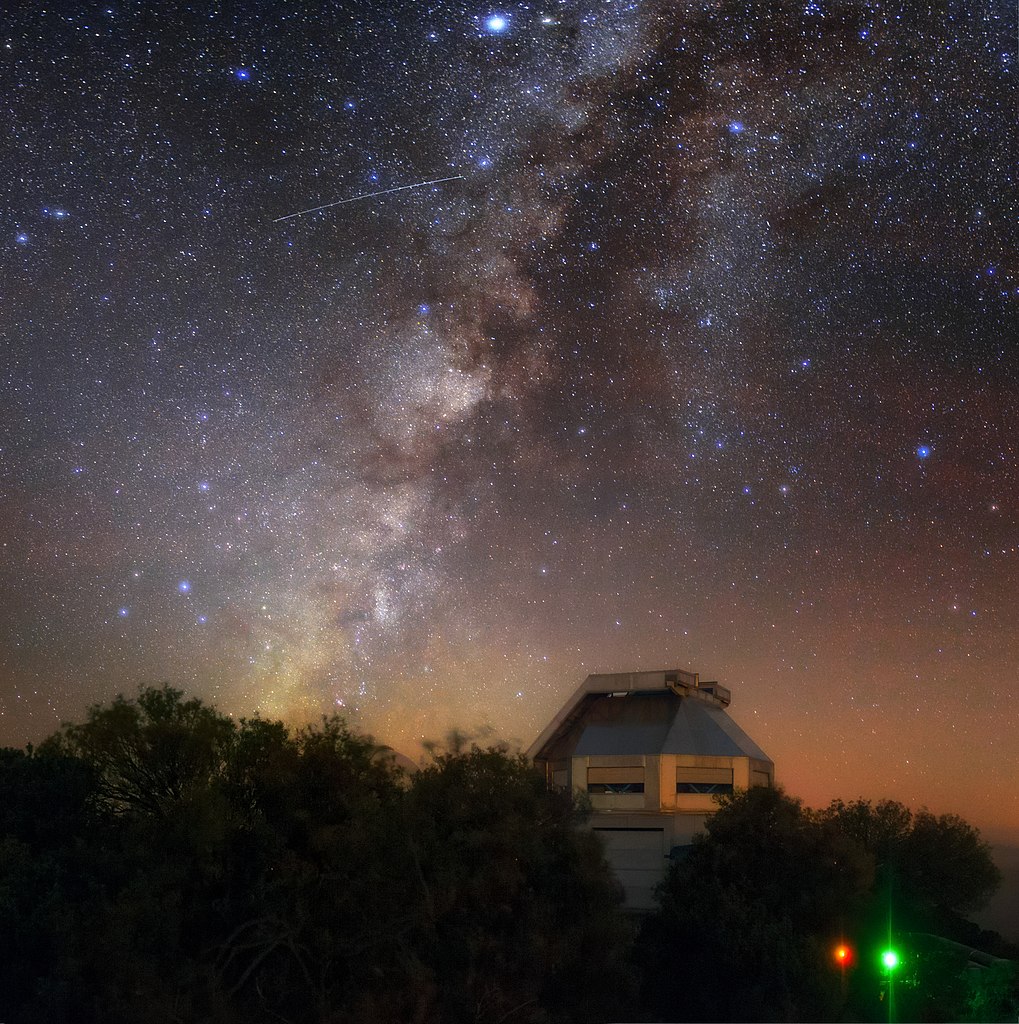
By QUENTIN S. AGNELLO
Something that most Tucsonans notice is that we have a starry night sky.
However, you may be surprised to know that the darker skies are a direct ordinance by the City of Tucson.
The International Dark-Sky Association, a group working to preserve starry night skies, writes that a 2012 lighting ordinance is responsible for our clear skies.
The ordinance, or Lighting Code as titled by the City of Tucson, states its intentions clearly in Section 101: “The purpose of this code is to preserve the relationship of the residents of the City of Tucson, Arizona, and Pima County, Arizona, to their unique desert environment through protection of access to the dark night sky.”
City workers accomplish this by replacing high-pressure sodium bulbs from street lamps and metro lights with energy-efficient LEDs.
On top of that, the lights can be controlled remotely to change the amount of light. This is referred to as the lumen capacity.
The lights use 90 percent of their lumen capacity from sunset until midnight. After midnight, the capacity is reduced to 60 percent until 30 minutes before sunrise. At that point, they are turned off.
This initiative not only protects the night sky for people to view, it also saves the city of Tucson millions of dollars a year, according to The International Dark-Sky Association.
It is also a simple enough strategy that other cities across the country could easily adopt this “dark-sky” policy. This would mean more people can enjoy the stars right from their backyard.
